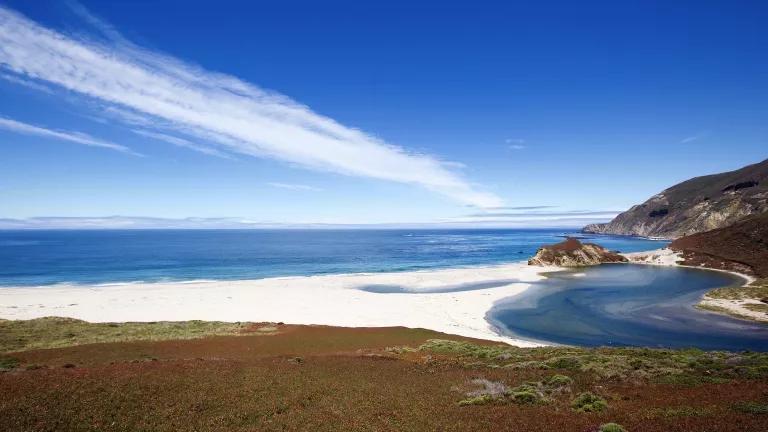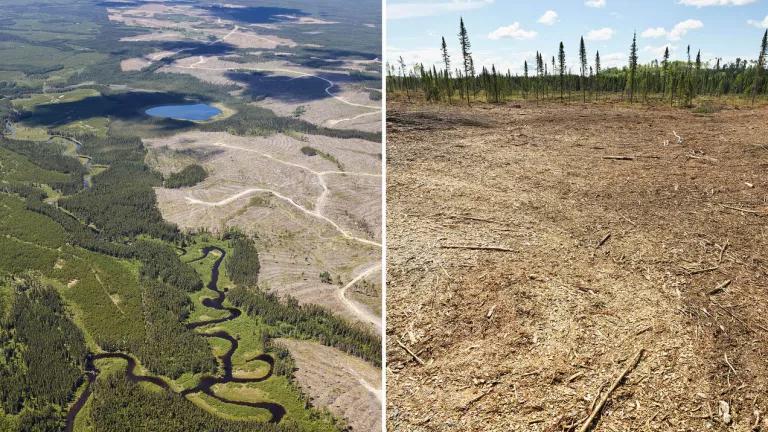At Last, Justice at the National Bison Range

In 1908, the federal government illegally seized nearly 18,000 acres of land on the Flathead Indian Reservation without the consent of the Confederated Salish and Kootenai Tribes (CSKT). This land later became the National Bison Range and came under management of the U.S. Fish and Wildlife Service. Now, over a century later, the land has been restored to the CSKT.
This restoration to Tribal management was set in motion by the passage of Public Law 116-260—the massive funding and COVID-relief package—that moved through Congress in late December 2020.
The transfer of the National Bison Range was part of the Montana Water Rights Protection Act which also ratified CSKT’s water rights, as well as settled Tribal claims stemming from federal mismanagement of the Tribes' water resources.
On January 15, the Flathead Indian Reservation’s Red Sleep Mountain continued its official return to Tribal management. On this day, the Department of Interior signed directives to formally record the transferred ownership of the National Bison Range from the United States, through the U.S. Fish & Wildlife Service, to the United States through the Bureau of Indian Affairs, now to be held in trust for the Confederated Salish and Kootenai Tribes (CSKT).
This has been a long time coming. One hundred thirteen years, in fact. Nobody can express the importance of this moment, better than Shelly R. Fyant, chairwoman of CSKT’s Tribal Council:
The restoration of this land is a great historic event and we worked hard to reach this point. This comes after a century of being separated from the buffalo and the Bison Range, and after a quarter-century-long effort to co-manage the refuge with the [U.S. Fish and Wildlife Service].1
The process of completing the management transfer from the U.S. Government to the CSKT is expected to take up to two years. The CSKT Tribal Council has adopted, as its interim Bison Range management plan, the Comprehensive Conservation Plan that was developed and adopted by the U.S. Fish & Wildlife Service in 2019 (note: the CSKT was a cooperating agency). The CSKT will manage the land for bison and other wildlife management, education, cultural interpretation, and public access.
With the addition of these 18,766 acres, approximately 420,000 acres of the Flathead Indian Reservation—over 30 percent—are being managed by the Tribes for fish, wildlife, and cultural conservation.
NRDC is grateful to have been able to stand in solidarity with the CSKT in their efforts to bring the National Bison Range home to the Flathead Indian Reservation. This is a homecoming worthy of celebration.
Let’s aspire to make more history
To echo Shelley Fyant—the return of the Bison Range was an historic event. While it took longer than it should have, returning this land and the responsibility for wildlife management to the CSKT was the just thing to do.
While the historic circumstances of this injustice are unique, it is time for a robust and thoughtful conversation about where historic injustices warrant additional transfers and how to increase the role of Tribal co-management of federally managed lands.
Monte Mills and Martin Nie recently published Bridges to a New Era: Tribal Co-Management on Public Lands, a law and policy report outlining key principles of federal Indian law and providing recommendations for enhancing tribal co-management of federal public lands. They argue—and we agree—it is time to re-think tribal co-management. In doing so, our public lands will benefit, and we will create a more equitable path of “justice, reconciliation, healing, and sharing” that will benefit all Americans.2
This week—less than a week into his presidency—President Biden released a Memorandum on Tribal Consultation and Strengthening Nation-to-Nation Relationships. This action echoes previous commitments from presidents Bill Clinton and Barack Obama and goes one step further by establishing a clear timeline and a plan for action and reporting. This is an important step and puts in motion a process for strengthening nation-to-nation relationships as we work to restore this country’s natural, cultural, and social fabric. Given the other equity commitments the Biden Administration has already made, we are hopeful that all agencies will give this work the commitment and investment it deserves. It’s time.
1. National Bison Range transitions into tribal trust for the Flathead Indian Reservation, Char-Koosta News, January 21, 2021.
2. Monte Mills & Martin Nie, Bridges to a New Era; A Report on the Past, Present, and Potential Future of Tribal Co- Management on Federal Public Lands, page 95 (Missoula, MT: Margery Hunter Brown Indian Law Clinic/Bolle Center for People and Forests, University of Montana, 2020).




